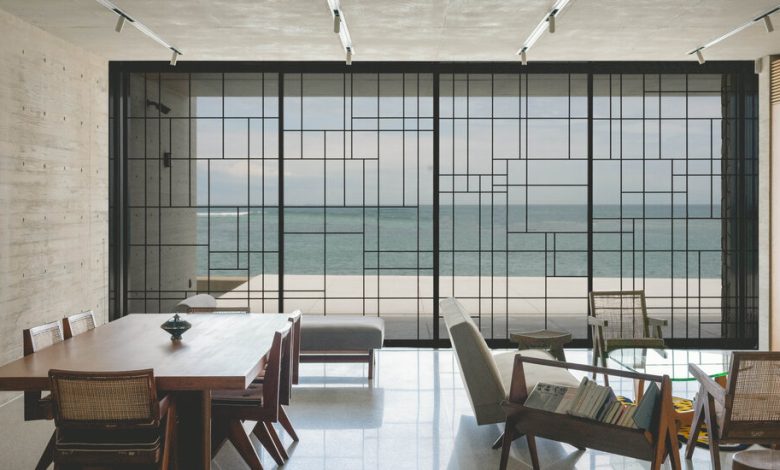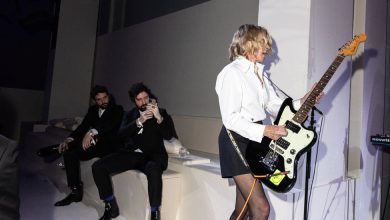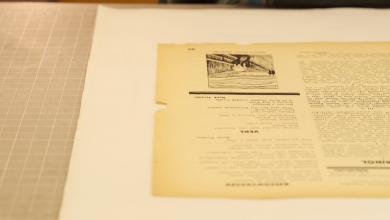In Japan, a Place for a Famous Artistic Director to Hide by the Sea

AS THE FOUNDER of the streetwear brands A Bathing Ape and Human Made and the artistic director of the French luxury brand Kenzo, the designer and record producer Nigo has, over 30 years, asserted himself as one of the most revered aesthetic talents in Japan. So, last decade, when he decided to erect a concrete shelter by the sea, he surely could’ve commissioned Tadao Ando, Kengo Kuma, Shigeru Ban or any of the other Japanese architectural legends known for building such structures. Instead, as Nigo, 53, explains via a translator one gray morning last May, he wanted to hire “someone who hadn’t done a house in Japan but had done these kinds of beach houses.”
Standing in the wide, low main room that comprises the 1,735-square-foot home’s bottom level, it’s clear he means a beach house that treats the Pacific Ocean not as leisure-time amenity but as central architectural feature: When you stare out past a bespoke 10-by-22-foot wall-to-ceiling glass panel — conjuring Piet Mondrian paintings as much as shoji screens — that can be accordioned open to access an empty, railing-free waterfront concrete deck, the sea (increasingly violent as an afternoon storm approaches) feels so much a part of the property that it might more accurately be called its backyard. Inside, the shiny terrazzo floors reflect its movements; in the metallic kitchen, behind the living and dining area’s vintage wooden furniture and opposite the view, there’s a reflective, polished stainless-steel backsplash above the sink that, despite being farther from the waves, somehow brings them even deeper into the room, almost as if it were an undulating mural.
Nigo bought this small piece of land — enough for just the house itself and a gravelly car park out front, next to a busy road and some ungainly construction — in 2019, both because of its proximity to the coast (his cruiser boat is moored somewhere off in the distance) and because of the seclusion it offers, especially compared to Tokyo and Kyoto, where he has houses he travels between when not working in Paris. It’s in a town he doesn’t want named a few hours south of Tokyo that’s “quite good,” he says, “because the access is so bad.” Rare for Japan, there’s no train station here, an inconvenience that has, despite the region’s somewhat grim naval-industrial character, transformed it into a bastion for people like the Undercover fashion designer Jun Takahashi, who often comes by for meals. “When I visited the area, I just loved the environment and the atmosphere of the surroundings,” says Nigo, an avid fisherman.



